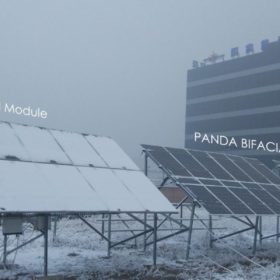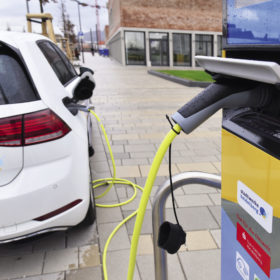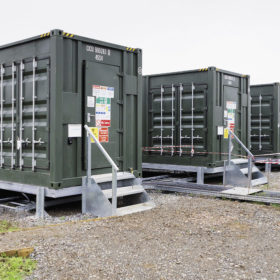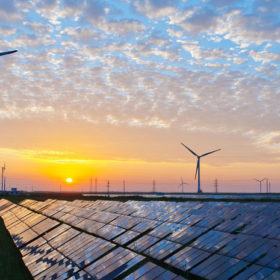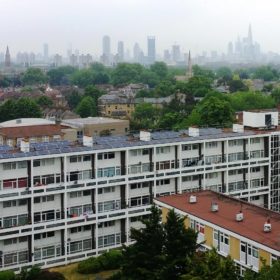Pakistani regulator signs off on 27 MW of new PV capacity, 15 MW of it bifacial
One 15 MW project will see the installation of high power mono bifacial modules – no small feat for any market. Other projects will be collocated with the country’s industry to improve security of supply, as load shedding occurs for several hours each day.
New York’s winter solar duck curve is on the way
A site origination exercise and load analysis by Cornell University suggests 9 GW of solar will reduce peak demand in New York by nearly 10%. However it also found solar needs better capacity valuations to make for a stronger market, and will drive a winter time duck curve during a season of lower electric demand.
Electric vehicles help slash payback periods for residential PV
The Institute for Energy Economics and Financial Analysis has estimated the effect on the payback period of PV systems when adding EVs and storage in Germany and Britain. In both cases, system owners are likely to reduce their payback period by significant margins as increased self-consumption can offset the incremental phase out of government incentives.
US energy storage market set to almost double this year
The solar-plus-storage combination is super-charging the deployment of batteries across the country and IHS Markit says the U.S. will become the largest market for grid-tied energy storage this year.
Enertrag, Enel and Leclanche commission 22 MW storage project in Germany
The companies have invested €17 million in the project. The energy stored, in the Brandenburg project, will be used to stabilize the grid and minimize the curtailment of wind farms.
SEIA’s solar+ plan falls short on ambition
The Solar Energy Industries Association’s “ambitious goal” of solar supplying 20% of U.S. electricity in 2030 looks more like a forecast, and vision for rapid decarbonization is coming from the climate movement and the American Left, not SEIA.
ABB, Evolvere jointly launch blockchain energy pilot
The Swiss power group and Italian utility Evolvere have started a blockchain pilot project designed to facilitate transparent, secure peer-to-peer energy trading.
Sustainable Melbourne Fund takes mission – and rooftop PV – across Australia
A new $200 million partnership with Bank Australia has boosted the capability of the Sustainable Melbourne Fund to help commercial and agricultural enterprises nationwide. For many businesses, reducing electricity costs and emissions through solar installation is the first project on their wishlist.
EDF commissions ‘France’s largest collective self-consumption PV project’
A social housing development of 100 dwellings will benefit from the electricity generated by 600 sq meters of PV panels. Any output not used by residents will power hot water tanks, effectively functioning as an energy storage element of the project.
Australian school pioneers renewable PPA to reduce power bills
Echoing a growing appetite for corporate renewable power purchase agreements in Australia, Ascham School has become the first in New South Wales to ink a long-term deal with commercial electricity retailer Flow Power.

